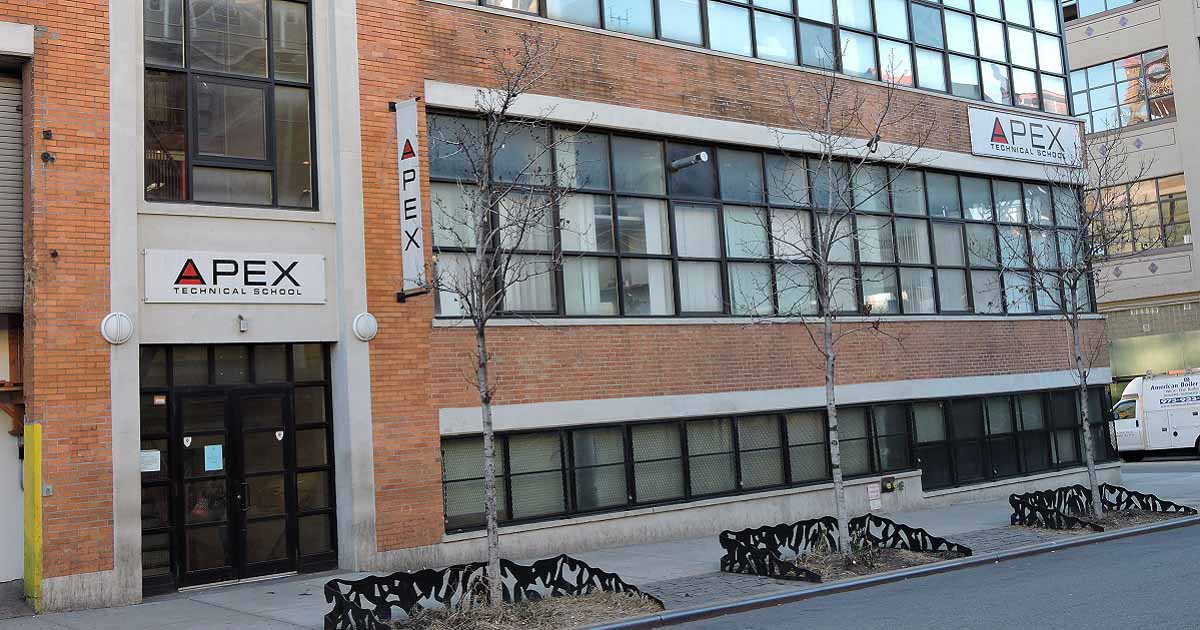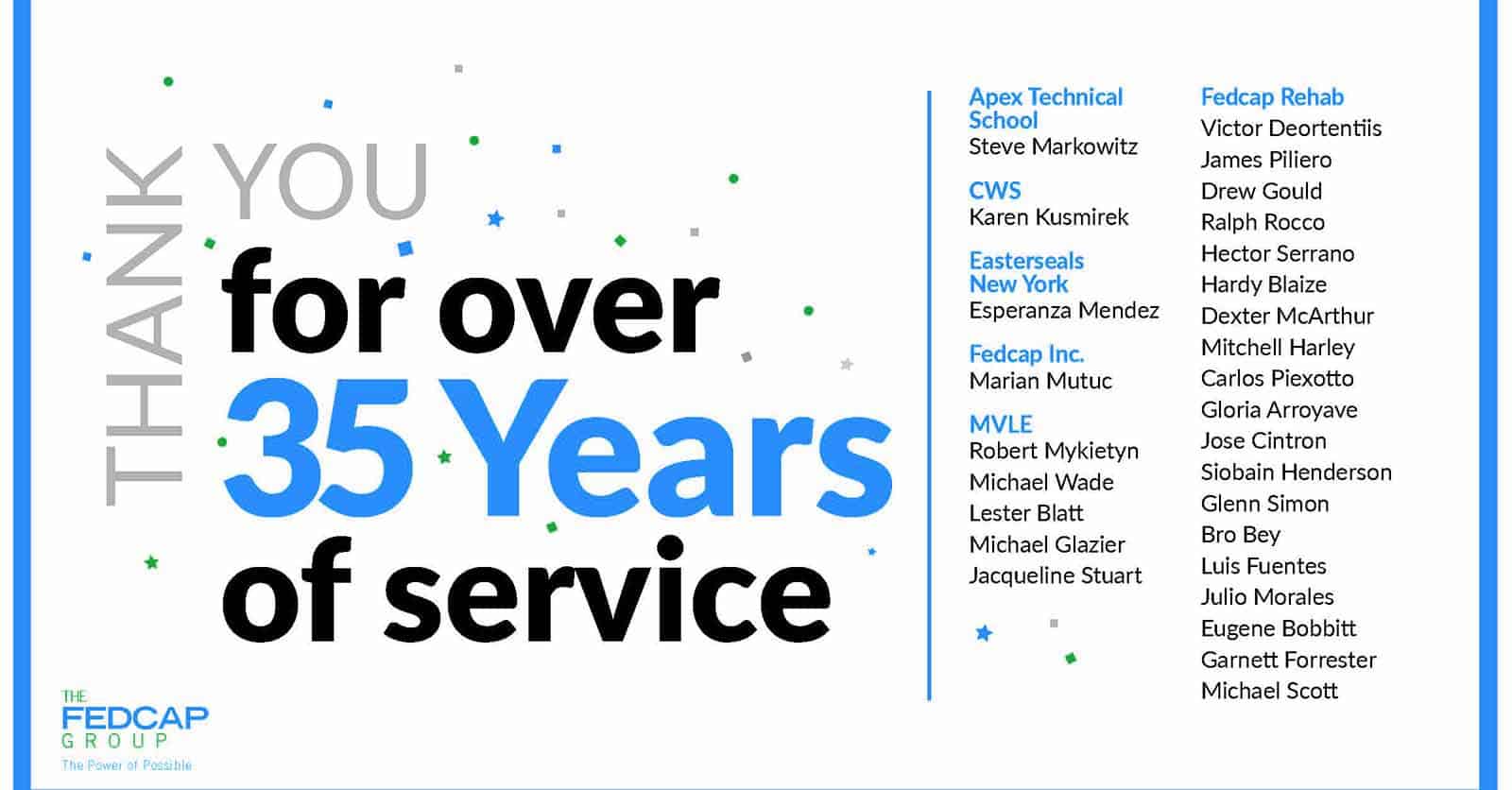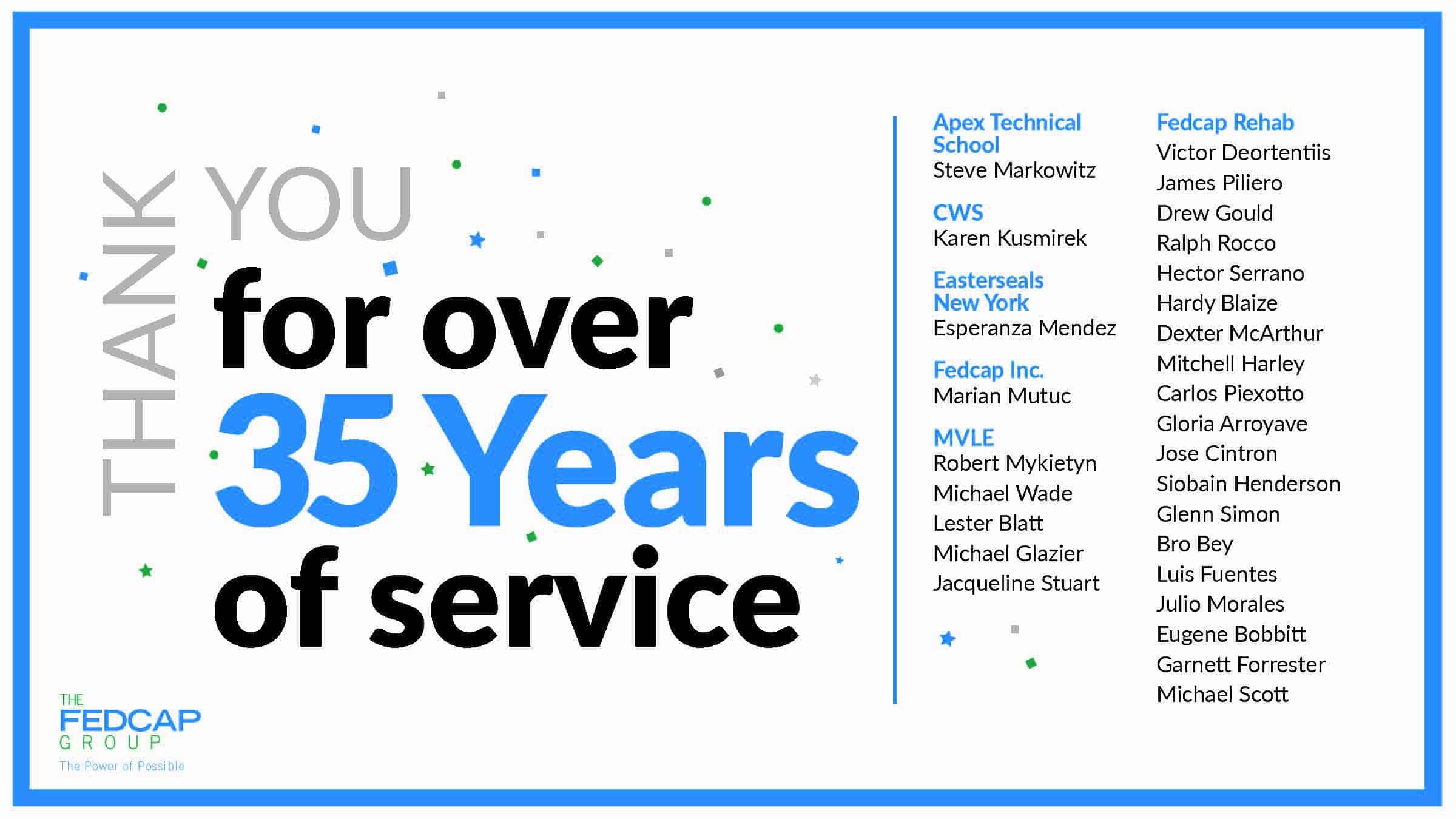The Fedcap Group Acquires APEX Technical School
The acquisition complements and expands The Fedcap Group’s existing career training platform offered through its Fedcap Career Design School.
New York, September 2020 — The Fedcap Group, a nonprofit that develops innovative, sustainable solutions to advance the economic well-being of the impoverished and disadvantaged, has acquired Apex Technical School. This acquisition both complements and expands The Fedcap Group’s existing career training platform offered through its Fedcap Career Design School.
For over 40 years, the Fedcap Career Design Schools has helped students chart their own path–becoming trained in high growth sectors that will lead to careers. These programs are structured to teach students of diverse abilities the technical skills required to perform the tasks of a specific job. “We are thrilled to welcome Apex Tech into The Fedcap Group,” says Christine McMahon, President and CEO of The Fedcap Group. “Apex certificate programs are highly regarded and have been shown to have a substantial positive impact on economic mobility—leading to entry level careers. This acquisition also increases our class offering and ability to reach more students.”
Founded in 1961 by John R. Cann, Apex Technical School is a well-known adult vocational technical school, serving 1,400 students annually, offers seven 900-hour certificate courses in skilled trades such as: refrigeration, automotive service, auto body, welding technology, electrical and advanced electrical, plumbing and construction. Apex is accredited by the Accrediting Commission of Career Schools and Colleges and licensed by New York State Department of Education.
Apex CEO William Z Cann, says: For sixty years my family has shepherded Apex Tech and we are proud of the tens of thousands of graduate alumni. Now we look forward to continuing our legacy through The Fedcap Group. This amazing union will allow our students to access even more benefits, job opportunities and other supports offered through The Fedcap Group and its rapidly growing membership of companies. To quote our founder: “Onward and Upward!”
For more information, please contact:
Steven Zarnfaller, Director of Communications
The Fedcap Group
646-931-2329
szarnfaller@fedcap.org












